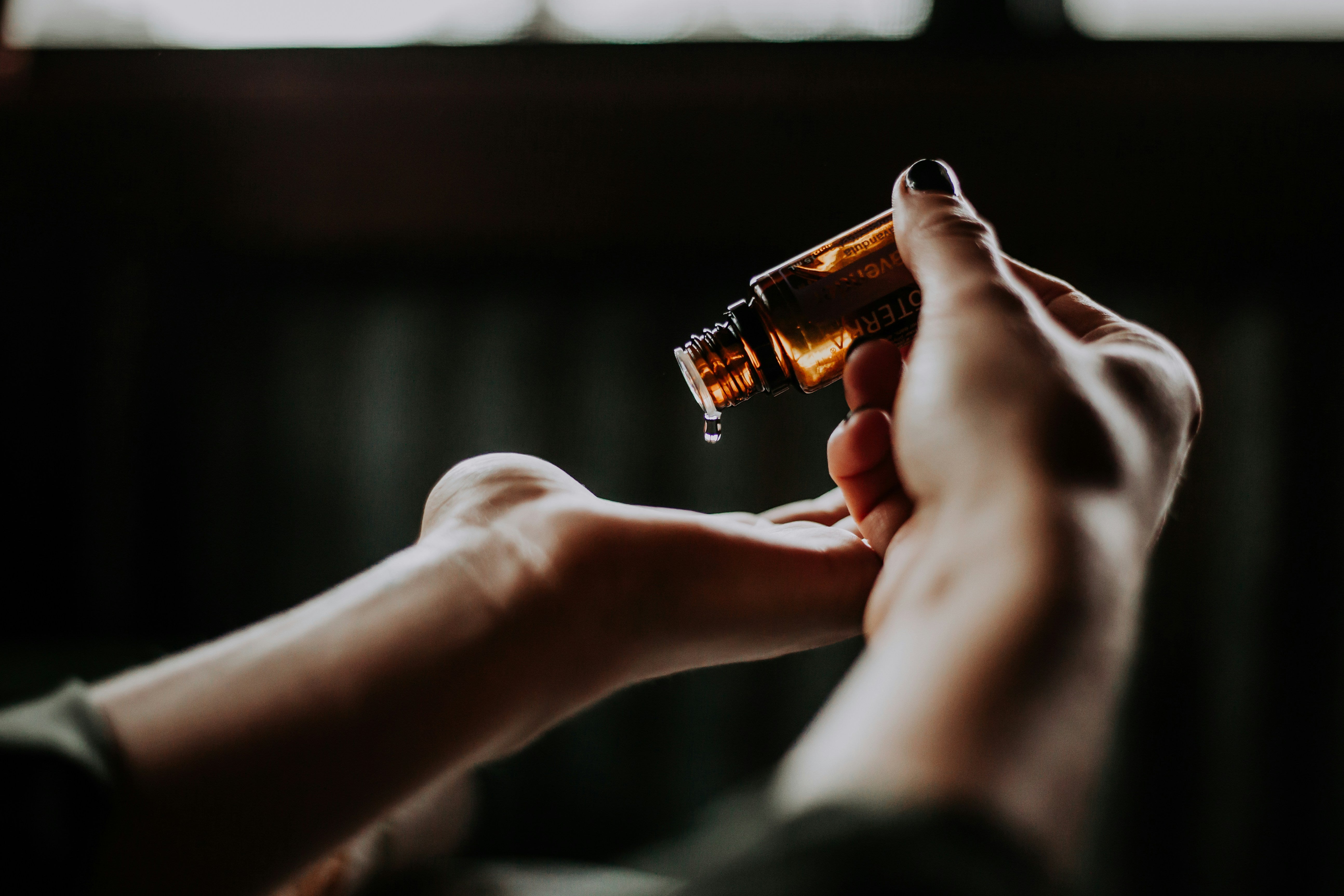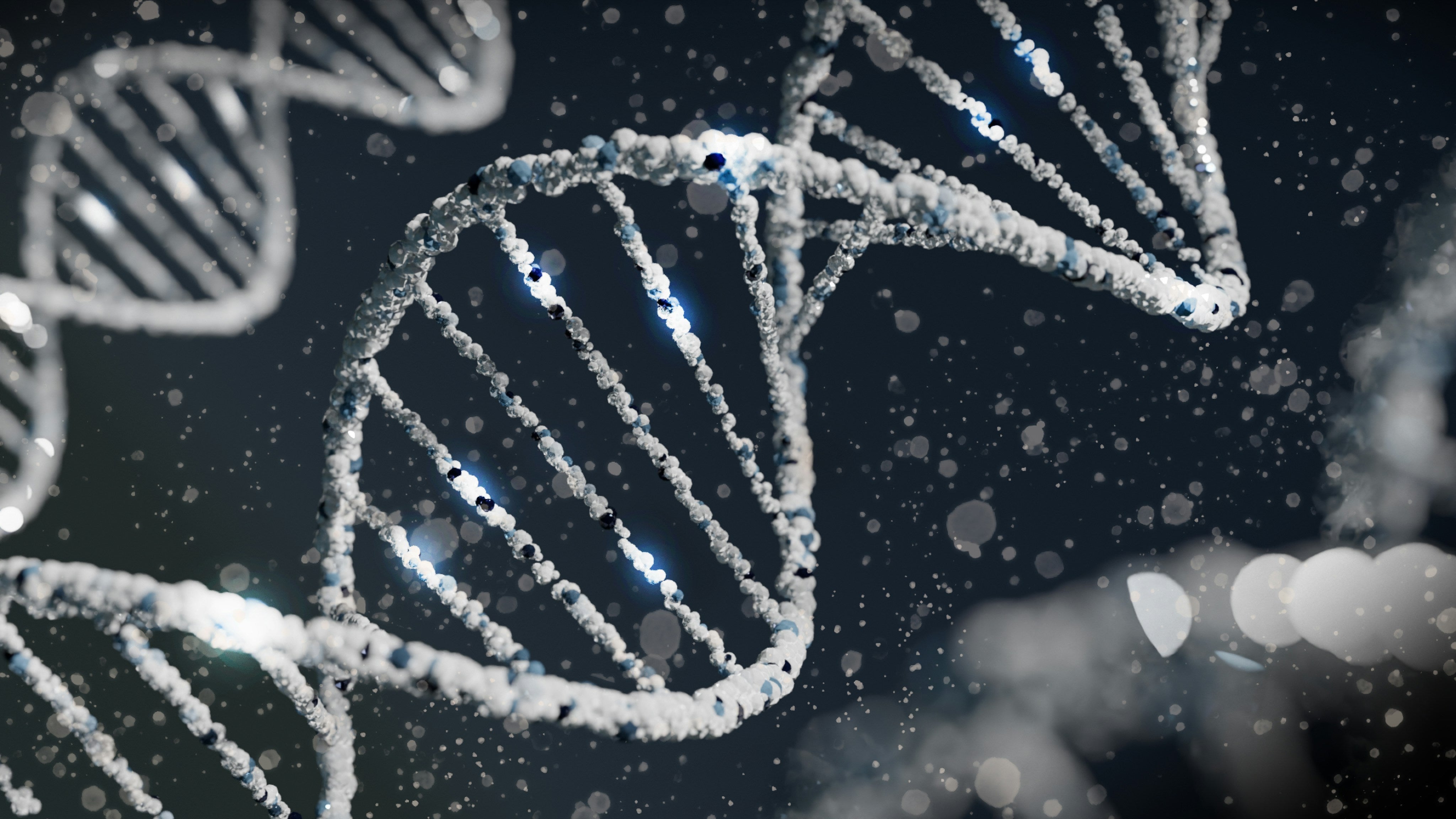When to Know Your Perfume Has Gone Bad

Perfume doesn’t technically “expire” the way food does, but it absolutely can go bad. Most fine fragrances can last from 3 to 10 years, depending on ingredients, bottle design, and storage conditions. Because the U.S. doesn’t require expiration dates for perfume, the best way to tell if a scent has turned is by using your senses.
How to Tell Your Perfume Has Expired
The first sign is usually the scent itself. If your perfume smells sharper, sour, metallic, or noticeably different than when you bought it, the aromatic materials have likely oxidized. Citrus notes, aldehydes, and lighter florals are the first to break down, and this is well-documented in fragrance chemistry.
Color changes can also signal that a perfume is past its prime. If the liquid has darkened, become cloudy, or shifted toward a deeper amber tone, it’s reacting to light or oxygen. Even the best formulas will eventually show these visible signs of aging.
Texture is another clue, a fragrance that looks separated, thicker than usual, or oily on top has likely lost its stability. This happens when the formula’s balance of alcohol, oils, and aromatics shifts.
Finally, how often the bottle is opened makes a difference. Every spray introduces more air into the bottle, which speeds up oxidation. This is why some people notice their everyday scents age faster than fragrances they only wear on special occasions.
Why Some Refillable Perfume Bottles Don’t Last as Long
This is not universally true for every refillable system, but many do expose the juice to more air. Most refillable designs involve removing the atomizer, opening the chamber, or transferring perfume from a separate refill vial. Any time a bottle is opened beyond the standard spray mechanism, the fragrance inside is more likely to oxidize sooner.
Traditional crimped bottles (used by most luxury and niche brands) are sealed by machine so tightly that no extra air can enter. That design naturally preserves the fragrance and slows down aging.
There are, however, refillable formats engineered to minimize exposure. Some use airtight mechanisms that mirror crimp seals, and in those cases, longevity is not significantly compromised. Because designs vary, this isn’t a blanket rule, but many consumers do notice their fragrances fading faster in refillables that require opening and re-opening the bottle.
How to Keep Perfume Fresh for Years
Fragrance lasts longest when stored away from light, heat, and temperature fluctuation. A closet or drawer is ideal. Keeping caps tightly in place prevents unnecessary evaporation. Avoid shaking the bottle; this adds air bubbles that accelerate oxidation.
If long-term preservation matters to you, especially for collectors, non-refillable crimped bottles are still the gold standard.
When It’s Time to Replace a Perfume
If the scent, color, or performance changes noticeably, or if the fragrance begins to smell sour or flat, it’s time for a new bottle. Perfume is meant to evolve on your skin, not inside the glass. When the formula breaks down, the difference is unmistakable.


